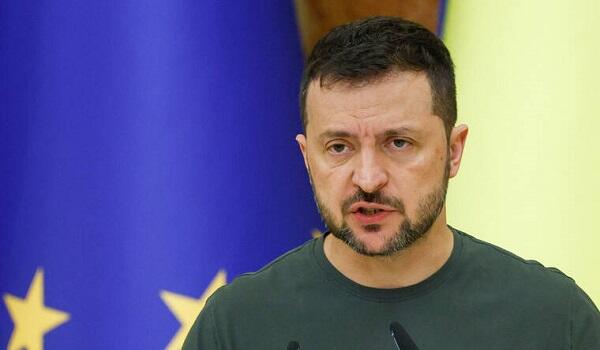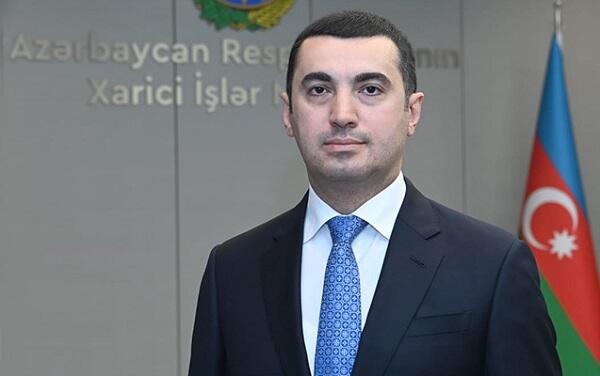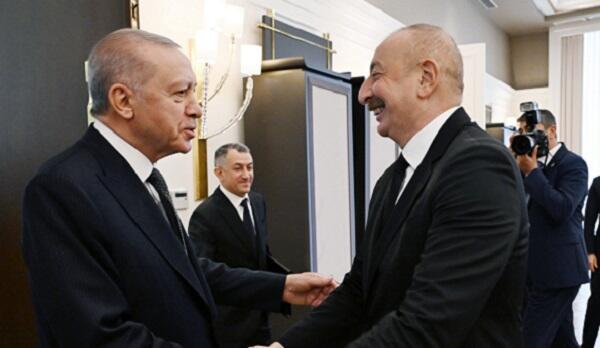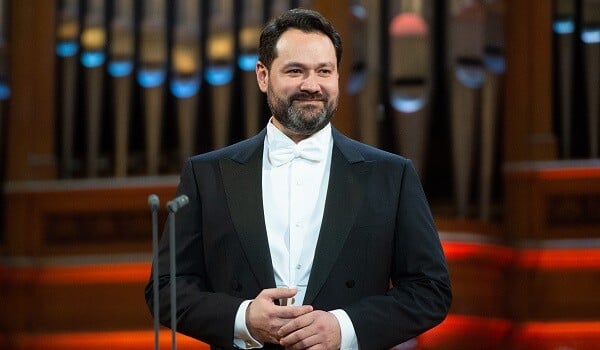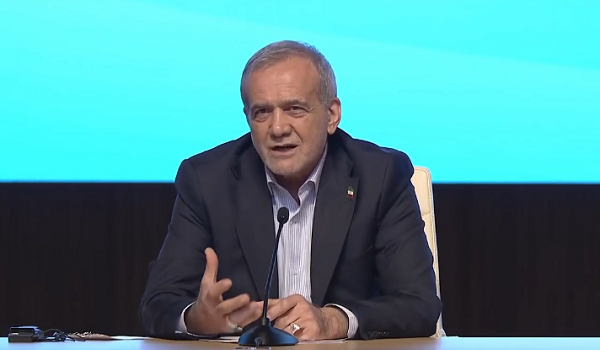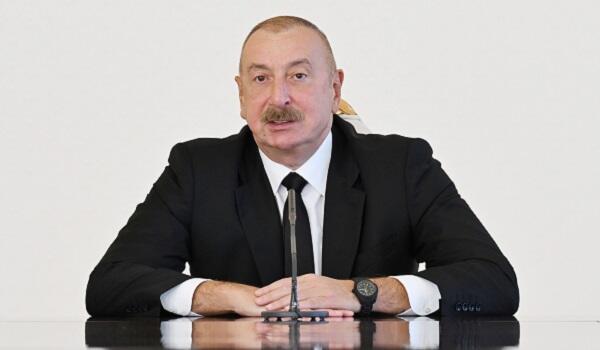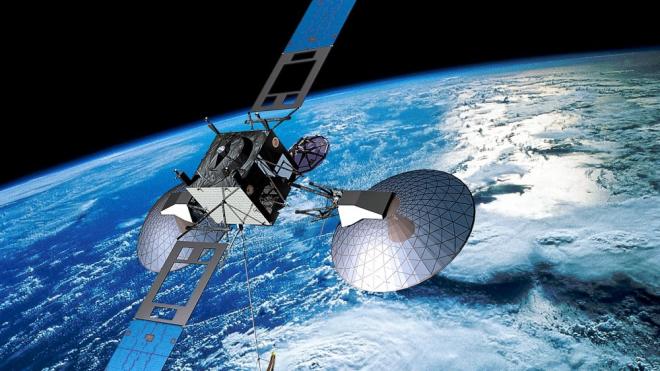For the first time ever, scientists have just transferred quantum data between a solid crystal and a cold atomic gas, using photons. The new research can take us a step closer to developing functional quantum computers and even a quantum internet.
Axar.az reports citing IB times that, a team of researchers at the The Institute of Photonic Sciences (The Institut de Ciències Fotòniques or IFCO) in Spain achieved a hybrid quantum network link by passing the data between two types of storage "nodes" that were placed in different laboratories.
Previous studies have shown how quantum data can be transferred between identical nodes. The new study however, is the first time that such a data transfer has been achieved with a "hybrid" network of nodes. Passing quantum information between different nodes has previously posed a challenge to scientists as different nodes normally function at different wavelengths and bandwidths.
The research could help make it possible to develop quantum computers using various nodes, which in turn would make them more practical and likely more stable to use.
"It's like having nodes speaking in two different languages," said Nicolas Maring, one of the researchers involved in the study. "In order for them to communicate, it is necessary to convert the single photon's properties so it can efficiently transfer all the information between these different nodes."
To achieve the hybrid quantum network link, researchers used a photon encoding technique called time-bin encoding, ScienceAlert reported. The technique facilitates communication of qubits (quantum bits – which are essentially units of quantum information), while preventing qubits from interacting with each other. Qubits are considered to be the building blocks of quantum computing, with the ability to exist in superposition (two states simultaneously), in comparison to current computer bits that can only exist as 0s and 1s.
The researchers used a laser-cooled cloud of Rubidium atoms as the emitting node and a crystal doped with Praseodymium ions as the receiving node. The scientists generated a qubit with the Rubidium atoms and encoded it in a single photon, with a narrow bandwidth and wavelength of 780 nanometres. This qubit was then transferred to the receiving node by converting it to a wavelength of 606 nanometres.
The qubit was converted once again between the sending and receiving nodes to a wavelength of 1552 nanometres, to demonstrate the experimental network's compatibility with current telecommunications infrastructure. The research indicates that such a network could be integrated with our current telecommunications network in the future.
"Being able to connect quantum nodes with very different functionalities and capabilities and transmitting quantum bits by means of single photons between them represents an important milestone in the development of hybrid quantum networks," said Hugues de Riedmatten, the lead researcher of the study.
